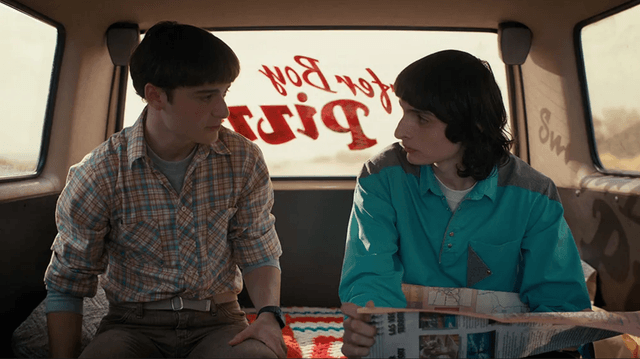If you click on a link and make a purchase we may receive a small commission. Read our editorial policy.
The incredible success of Demon Slayer: Kimetsu no Yaiba was built on the artist's past failures
Art, like most things, is about perseverance as much as it is talent.

Popverse's top stories
- Is the Supergirl teaser trailer already teasing a Man of Tomorrow connection? Because our Brainiac senses are tingling
- Watch now: Watch as Nickelodeon presents the Avatar: The Last Airbender 20th Anniversary Panel, featuring Dante Basco, Zach Tyler Eisen, Jack De Sena, Mae Whitman, Michaela Jill Murphy, from NYCC 2025
- The Amazing Digital Circus stars Lizzie Freeman, Michael Kovach, and Alex Rochon are coming to Seattle's ECCC 2026
Creating a hit manga like Demon Slayer: Kimetsu no Yaiba is often a lot like capturing lightning in a bottle. The thing about that is sometimes it takes several tries to make that happen. For the series' elusive creator, Koyoharu Gotoge, the worldwide success that is Demon Slayer was born out of the failure of their previous works, something that most creative people can relate to.
Although it is easy to think that Demon Slayer burst onto the scene and that the mangaka was an overnight success, the truth is that it took multiple attempts for their work to be serialized in Weekly Shonen Jump. According to the person who helped them develop Demon Slayer, the hit manga was built on Gotoge’s failures.
Tatsuhiko Katayama was an editor at Weekly Shonen Jump and was paired with Gotoge to help develop their work and submit it for publication. While speaking to Shueisha about the process, Katayama explained that though their previous work Haeniwa no Zigzag failed to get serialized in the magazine, they could recognize the talent and unique style the young mangaka had. They believed that “an easy-to-understand theme would be best” and took Gotoge’s debut title, Ka Gari Gari, as inspiration.
In Ka Gari Gari, “the base was routed in reality, and the concept of the swords and demons needed no explanation to the Japanese audience.” The result was known as Kisatsu no Nagare, but there was still work to be done. Katayama could tell why this wasn’t quite the right fit. “Due to its serious tone, lack of comic relief, and dark story, it didn’t make the cut for serialization. I thought it wouldn’t be able to get through unless the main character was switched out, and so I asked Gotoge-sensei if there wasn’t a brighter, more normal character in the world they had created.”
The result was Tanjiro and Demon Slayer: Kimetsu no Yaiba and the rest, as they say, is history. For those keeping track at home, that marks four attempts to get a work serialized before Demon Slayer would go on to become a worldwide phenomenon, and, even then, it was only because a great editor saw the potential in the artist and didn’t give up on them after their first, second, third, or fourth attempts fell short. The importance of an editor like that is something every writer on the planet can recognize.
While it is Koyoharu Gotoge’s name on the front cover of the more than 150 million copies of the manga in circulation, without Tatsuhiko Katayama, Demon Slayer: Kimetsu no Yaiba might never have existed.
Slay on, Demon Slayer. As we prep for new installments of the Demon Slayer anime, here's a survival kit to help you. First, a guide to all the major Demon Slayer characters. Second, recommendations for how (and where) to watch all of Demon Slayer. Third, context of why Demon Slayer is so popular. Fourth, when we think Demon Slayer season 4 is coming out. And also, how Demon Slayer ends (at least in the manga).
And as a bonus, you can watch the full NYCC Demon Slayer panel with the voice cast.
Follow Popverse for upcoming event coverage and news
Find out how we conduct our review by reading our review policy
Let Popverse be your tour guide through the wilderness of pop culture
Sign in and let us help you find your new favorite thing.















Comments
Want to join the discussion? Please activate your account first.
Visit Reedpop ID if you need to resend the confirmation email.